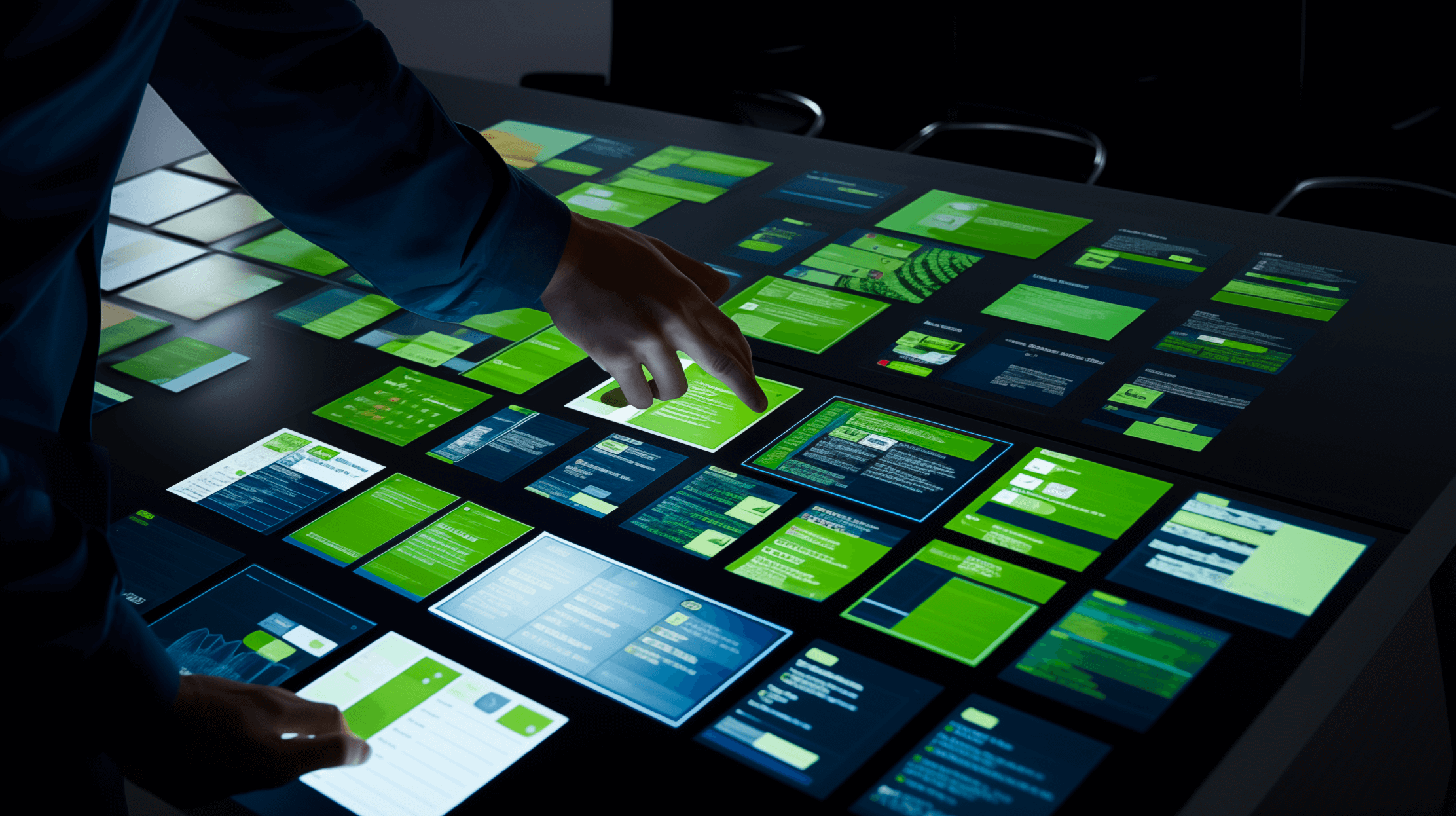Smart Buildings for a Sustainable Tomorrow

Pakistan suffered one of its worst floods in 2023, which affected more than 33 million people and left one-third of the country underwater.
One of the causes declared for this disaster was melting glaciers, fuelled by climate change. Pakistan’s current electrical demand is around 27,000MW. 63% of the energy mix in the country comes from fossil fuels, such as coal, oil, and natural gas.
When these fuels are burned, they release carbon dioxide (CO2) and other greenhouse gasses into the atmosphere, which directly contribute to global warming. Pakistan has been grappling with electricity shortages and an imbalance between supply and demand. The demand for electricity has been consistently growing due to population growth, increasing industrialization, and a rising middle class.
Buildings are a significant contributor to energy consumption globally. The energy used in buildings includes electricity for lighting, appliances, and equipment, as well as energy used for heating, cooling, and ventilation. According to the International Energy Agency (IEA), buildings are responsible for approximately 28% of global final energy consumption, including both residential and commercial buildings. Improving energy efficiency in buildings is an effective way to reduce energy consumption, which not only has an impact on the environment but also has a significant benefit on the cost of operation of a building.
Smart buildings utilize technology and interconnected systems to optimize the efficiency, comfort, security, and sustainability of a building. These buildings integrate components and systems including, automation systems, sensors, data analytics and communication networks to monitor, control, and optimize the various aspects of the building operations.
The key components of Smart Buildings include:
- Automation
- Energy monitoring & efficiency
- Safety and security systems
- Building management system
- Smart metering
- Occupancy and space utilization
- Data analytics and optimization
This does not apply to new buildings only, existing buildings can also be made smarter through retrofitting and implementation of smart technologies.
If you want to talk to someone about how to make your existing or new building smarter, reducing your operating cost and environmental footprint, contact us at Rayn.






